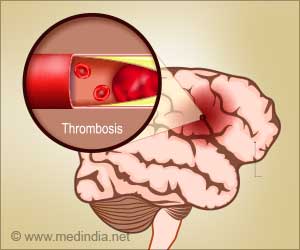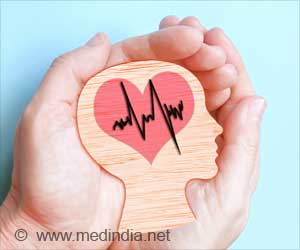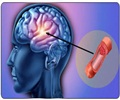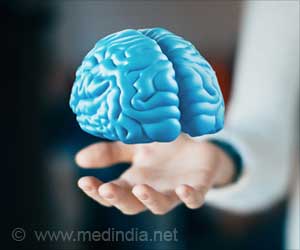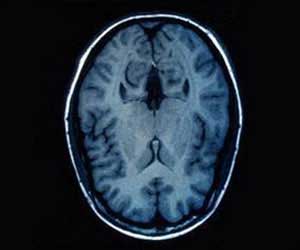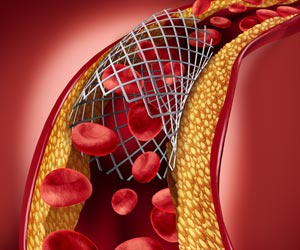Researchers created a smartphone app with the help of artificial intelligence to recognize stroke signs such as facial asymmetry, arm weakness, and speech changes.

‘New smartphone app that quickly and accurately predicts the onset of stroke using artificial intelligence, may improve the survival of stroke patients.#StrokeSigns #ArtificialIntelligence #FacialAsymmetry’





A stroke occurs when a blood vessel in the brain ruptures and bleeds, or when there’s a blockage in the blood supply to the brain. This prevents blood and oxygen from reaching the brain’s tissues. Without oxygen, brain cells begin to die within minutes (1✔ ✔Trusted SourceStroke: causes and clinical features
Go to source). This eventually leads to death.
According to the Centers for Disease Control and Prevention (CDC), stroke is a leading cause of death in the United States. Every year, more than 795,000 U.S. people have a stroke. Symptoms of a stroke show up in the body parts controlled by the damaged areas of the brain. Symptoms can come on without warning. Hence, it is important to recognize stroke symptoms and seek treatment quickly for a better outcome.
Developing Smartphone App for Early Diagnosis of Stroke
In this study researchers used smartphones to record videos of patients and test their arm strength to detect patients’ facial asymmetry, arm weakness, and speech changes—all classic stroke signs within 72 hours of the start of the patient’s symptoms.To evaluate facial asymmetry, the study authors used machine learning to analyze 68 facial landmark points. To test arm weakness, the team used data from a smartphone’s standard internal 3D accelerometer, gyroscope, and magnetometer (2✔ ✔Trusted Source
Smartphone App in Stroke Management: A Narrative Updated Review
Go to source).
To determine speech changes, researchers used mel-frequency cepstral coefficients, a typical sound recognition method that translates sound waves into images, to compare normal and slurred speech patterns. They then tested the app using neurologists’ reports and brain scan data, finding that the app was sensitive and specific enough to diagnose stroke accurately in nearly all cases.
Quick and accurate assessment of stroke symptoms is imperative to ensure that people with stroke survive and regain independence. Researchers hope the deployment of this app changes lives and the field of stroke care.
Advertisement
- Stroke: causes and clinical features - (https://www.medicinejournal.co.uk/article/S1357-3039(20)30138-9/fulltext)
- Smartphone App in Stroke Management: A Narrative Updated Review - (https://www.j-stroke.org/journal/view.php?doi=10.5853/jos.2022.01410)
Source-Eurekalert


